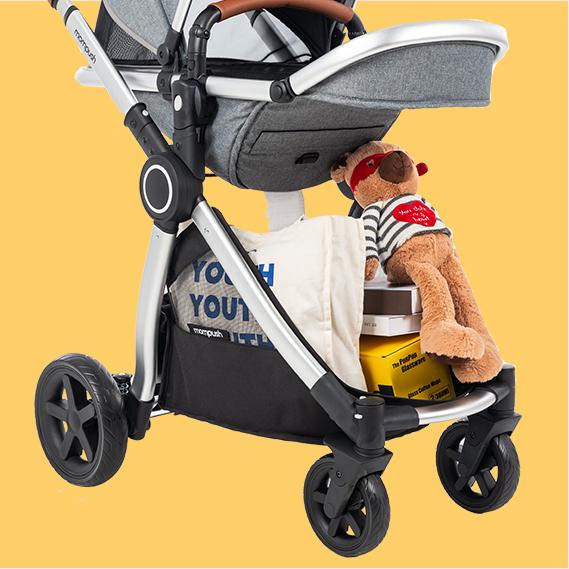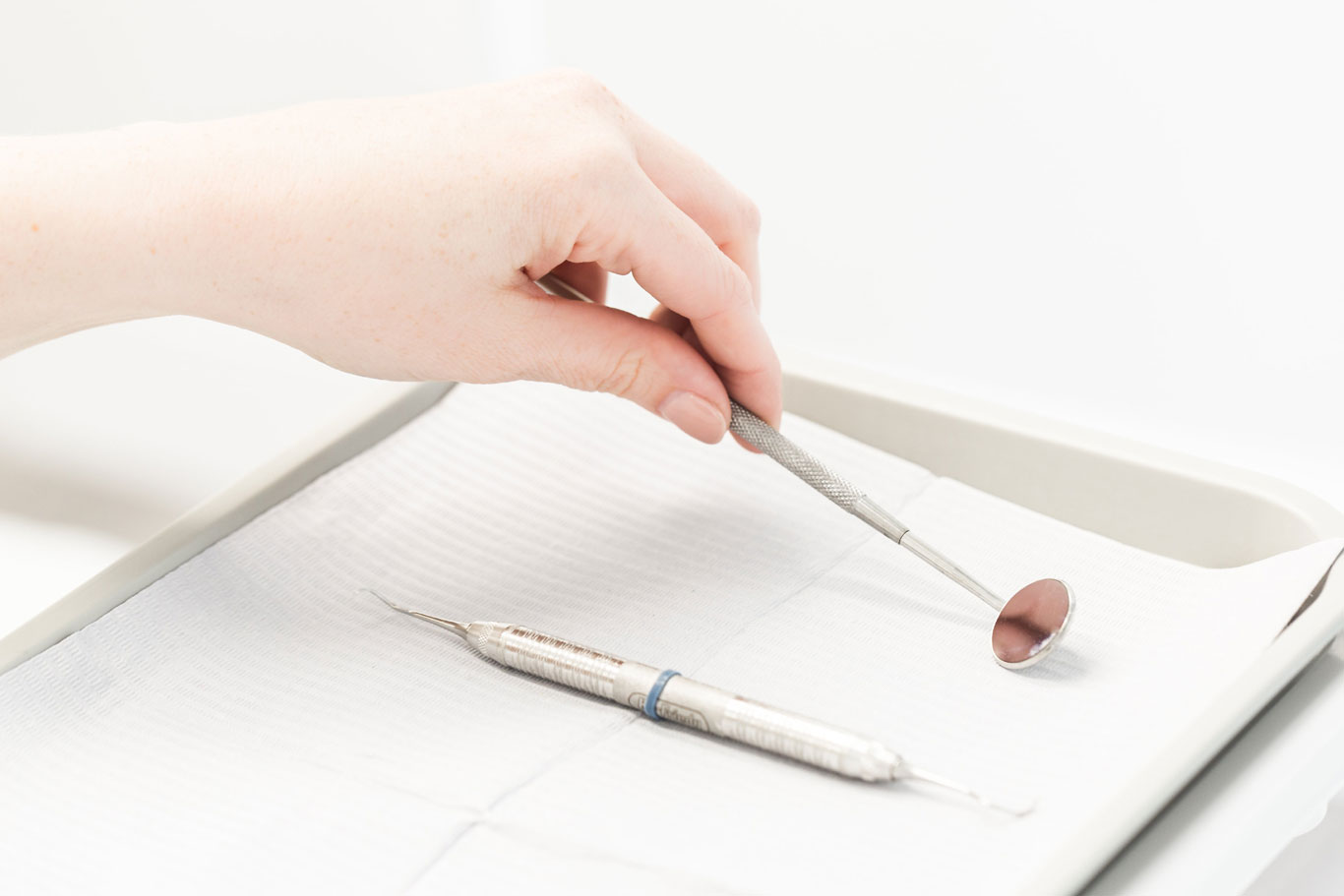
-
What Treatments Help Reduce BBL Scars?
Brazilian Butt Lift (BBL) surgery is a popular cosmetic procedure...
-
What Are the Best Methods for Water Cleanup?
Water damage can strike at any time, leaving property owners...
-
How Can an Albany Dentist Help with Your Dental Health?
Maintaining optimal dental health is crucial to overall well-being, and...
-
Why Choose the Best Driving School in Chantilly for Your Driving Success?
Driving is an essential skill that offers independence, convenience, and...
-
Choosing the Right Driving School: A Guide for South Riding and Ashburn Residents
Learning to drive is an essential life skill that offers...
-
The Importance of Choosing the Right Driving School in Virginia for Success on the Road
Title: The Importance of Choosing the Right Driving School in...
-
What Treatments Help Reduce BBL Scars?
Brazilian Butt Lift (BBL) surgery is a popular cosmetic procedure...
-
What Are the Best Methods for Water Cleanup?
Water damage can strike at any time, leaving property owners...
-
How Can an Albany Dentist Help with Your Dental Health?
Maintaining optimal dental health is crucial to overall well-being, and...
-
From Fun to Fitness: Balancing Crafting and Healthy Living
In today’s fast-paced world, striking a balance between fun activities...
-
4 Amazing Seeds to Include in Your Diet
When it comes to our health, diet is the first...
-
Continue Eating One Cucumber Daily And Then Notice What Changes In Your Body Will Take Place
Most of us think cucumber is tasteless, yet there are...
-
What is the Advantage of Brazilian Butt Lift Surgery?
Thanks to celebrities worldwide, many see a big booty to...
-
The Most Searched For Louis Vuitton Shoulder Strap Near Me
Are you a fan of Louis Vuitton and looking for...
-
How To Get Rid Of Unwanted Hair With Laser Removal?
Laser hair removal is an effective way to get rid...
-
How To Get Baby Soft Skin Face
Availability of a long list of multiple skin-care products is...
-
How to Choose The Best Baby Stroller
Whether you are about to go for a walk in...
-
Top Tips For Fathers On Bonding With Your Baby
Father’s struggle to bond with the infants is more than...
-

What Makes a Great Dentist in Albany?
When it comes to maintaining your oral health, finding the...
-

What Is the Best Cosmetic Dentistry Option for Your Smile?
How Do I Choose the Best Cosmetic Dentistry Near Me?...
-
Tips to improve the medicaid coverage for braces
The most common requirement for orthodontic treatment is the use...
-
Unlocking the Power of Vitamins and Minerals: Your Guide to Essential Nutrients and Daily Needs
In today’s fast-paced world, understanding what fuels our bodies can...
-
Simple Fitness Equipment: Superior Results
To be healthy and fit, people would like to get...
-
The Three Healthiest Things You Can Eat
For years, losing weight has been about sacrifice. We’ve been...
-
How To Get Rid From Varicose Veins With Home Remedies
How can I get rid of varicose veins without surgery...
-
What Are Some Effective Therapies To Cure From Lower Back Pain
Introduction Back pain is a common health condition influencing an...
-
Preventing Spider Vein Recurrence After Laser Treatment: What You Need to Know?
Spider veins, those tiny, web-like groups of red or blue...
-
3 Ways to Incorporate Essential Oils into Your Yoga Practice
Essential oils have several benefits, and One of the main...
-
Enjoying Yoga to Live Healthy Aging
Yoga is a sort of exercise. Yoga assists one with controlling various aspects...
-
Yoga Exercise For Weight Loss Does It Work
If you think running is the only exercise that can...
-
The Ultimate Guide to Online Fitness Trainer and Homestay Fitness Training
The way we approach fitness has dramatically changed in recent...
-
HIIT: The Training for Those Who Don’t Have Enough Time To Workout.
Many people think about exercising but don’t have enough time...
-
Get Stronger Shoulders with the Seated Lateral Raise
The seated lateral raise targets the medial head of the...





































